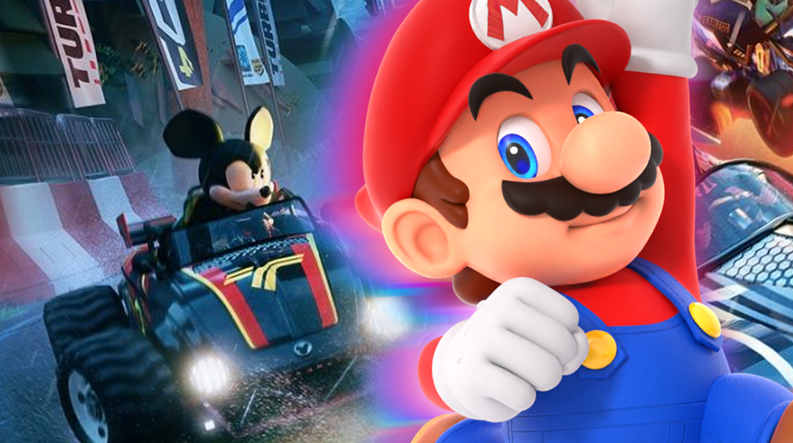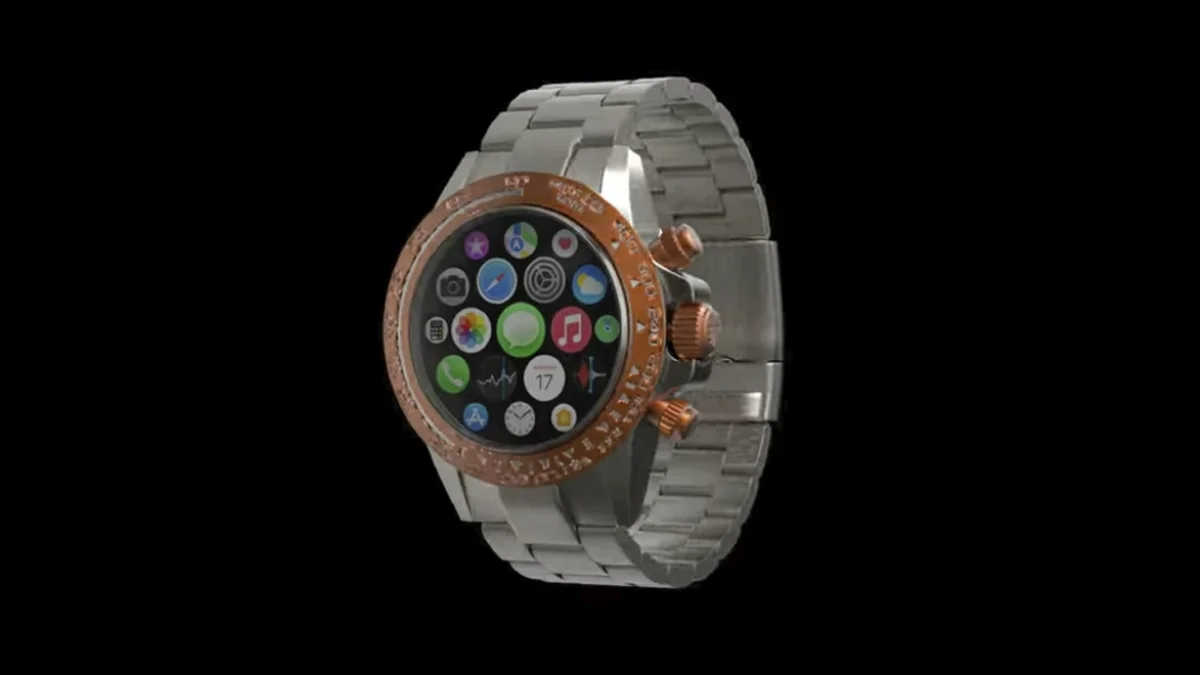A technology focused team at Digital foundry
“Metroid Prime’s models and textures have also been completely redone for this version. Prime’s original work looked good for the period, with impressive geometric density and solid texture, but they don’t stand up to modern scrutiny. The new models boast greater polygonal complexity and refined textures; every element seems to have been completely reworked to match the capabilities of the Switch’s hardware, with plenty of incidental details added.”
“In terms of image quality, the new game runs at 900p in docked mode and 600p in portable mode, with no signs of dynamic resolution scaling and no anti-aliasing. The lack of AA is unusual for a modern title, but it doesn’t stand out too much thanks to the lack of real-time effects and specular environmental elements, which are only really visible in metallic, man-made structures.”
“The performances are very simple, which is a good thing. I didn’t notice any noticeable drops in frames per second during my testing, with a locked 60 frames per second in both base station and portable modes. The new edition shines in the portable game, especially on the OLED Switch model, where the darker shades of the updated lighting really come to the fore. The slightly sub-native presentation is hardly an issue – Remastered simply looks great on a seven-inch screen.”
“The visual improvements also help a lot, of course. Metroid Prime is a beautiful Switch game that makes smart use of the hardware to deliver a visually sophisticated experience while still hitting the target frame rate of 60 frames per second. This is one of the best-looking Switch titles I’ve seen, and shows what the Tegra X1-based console is capable of when put to good use in an exclusive title. Remastered feels very faithful to the original game despite the huge graphical jump, closely adhering to the original visual language while filling in and expanding every imaginable detail.”








